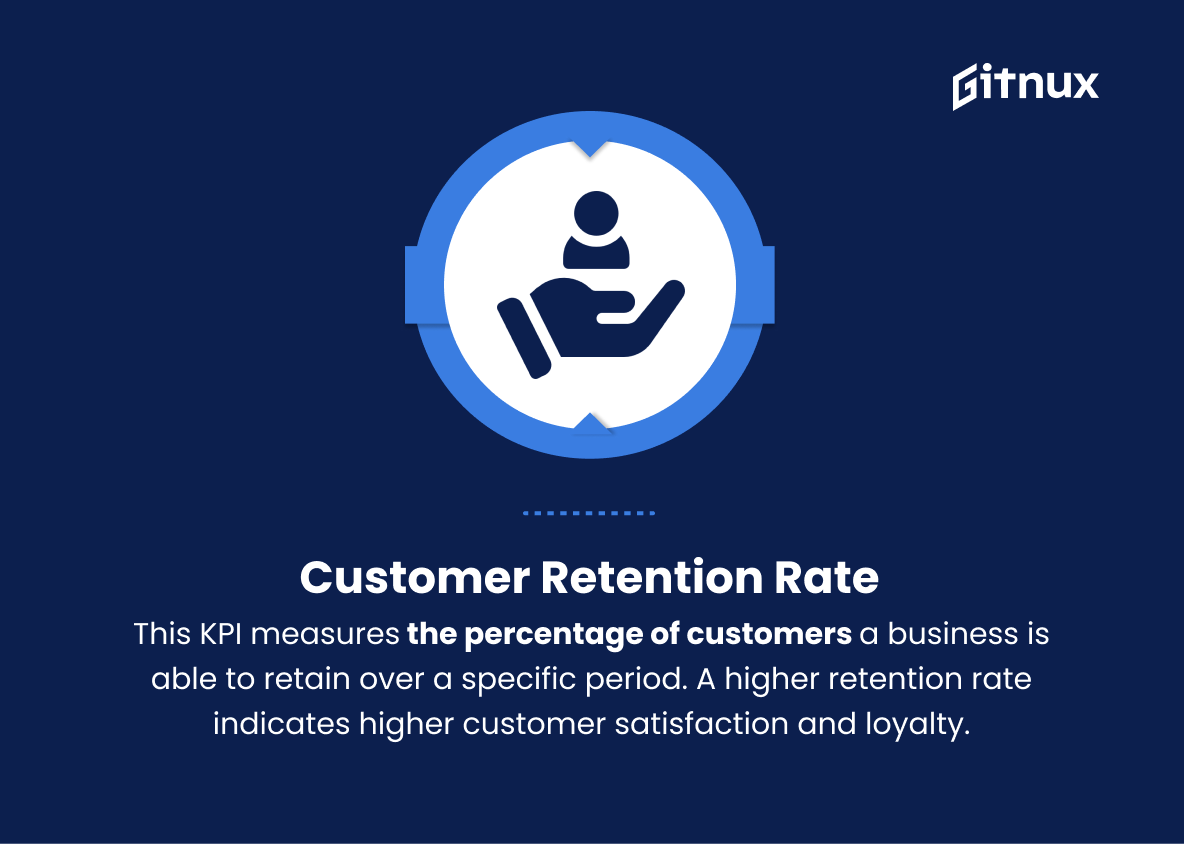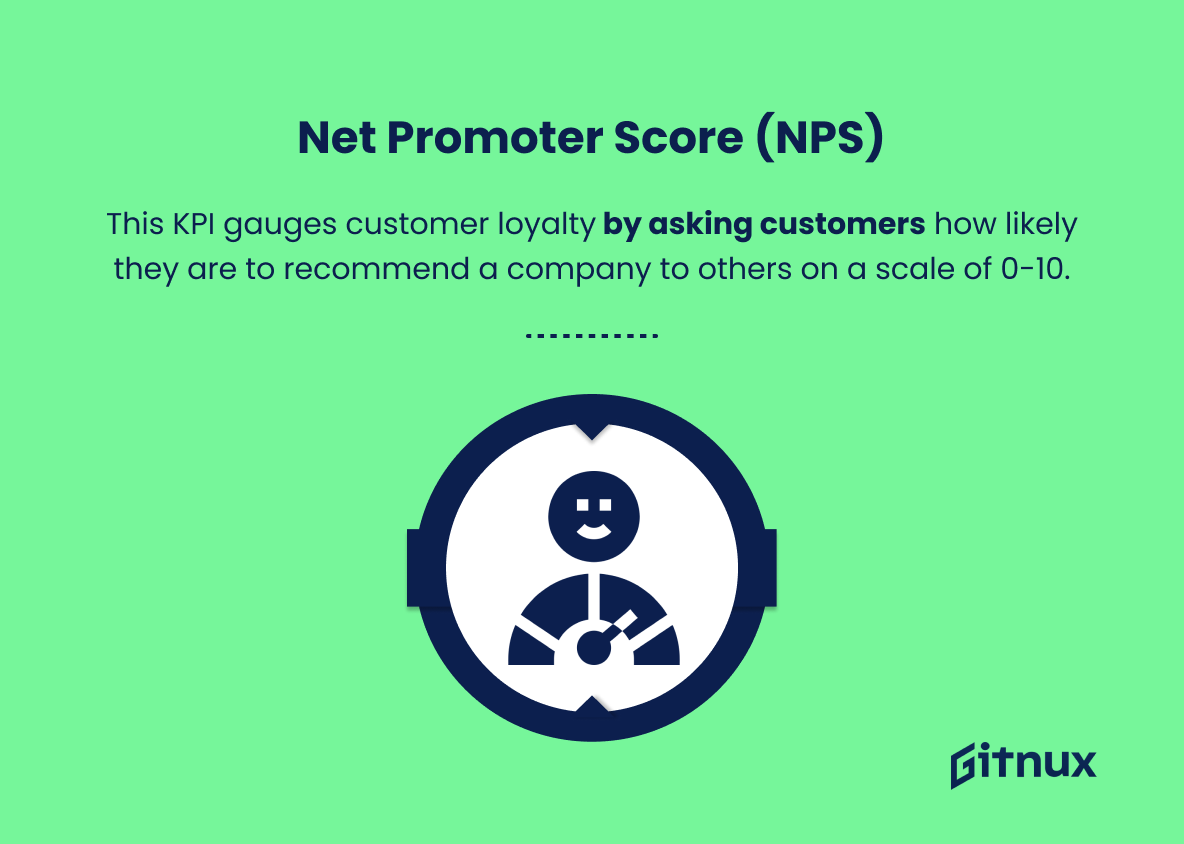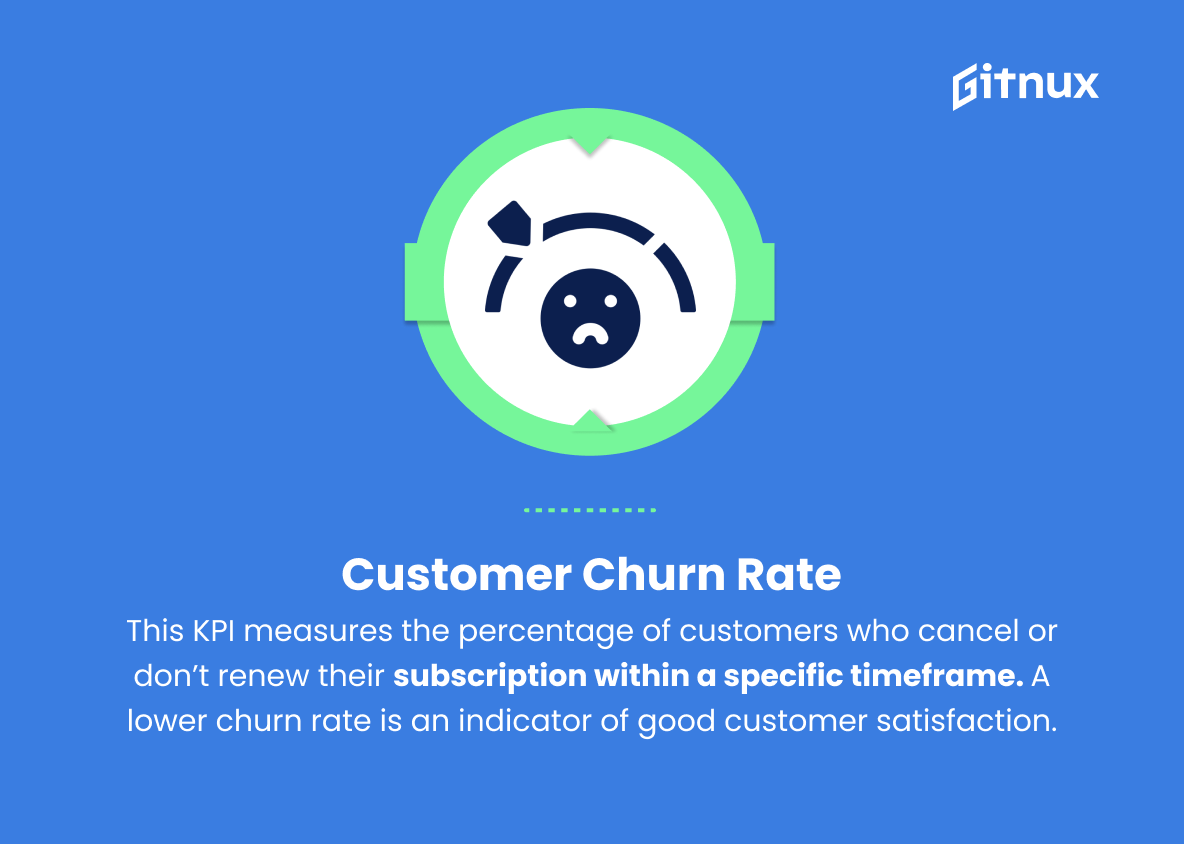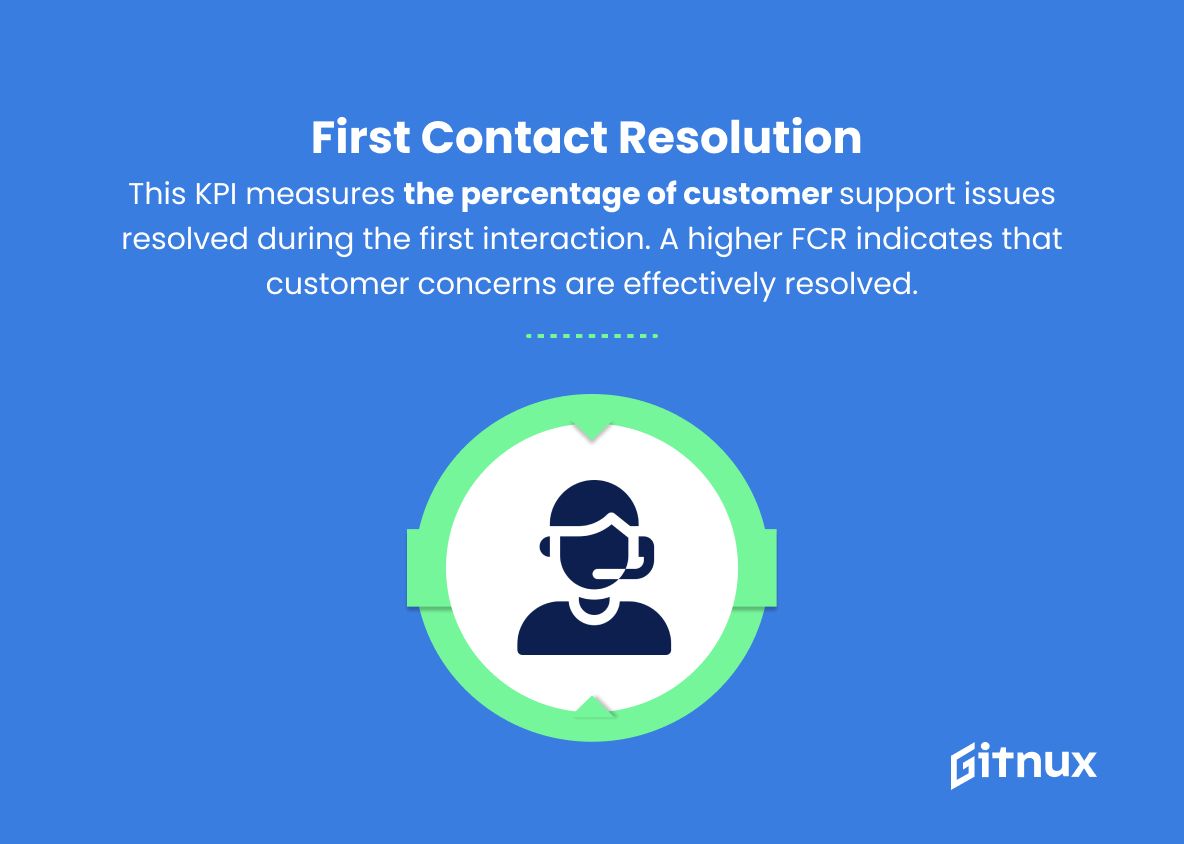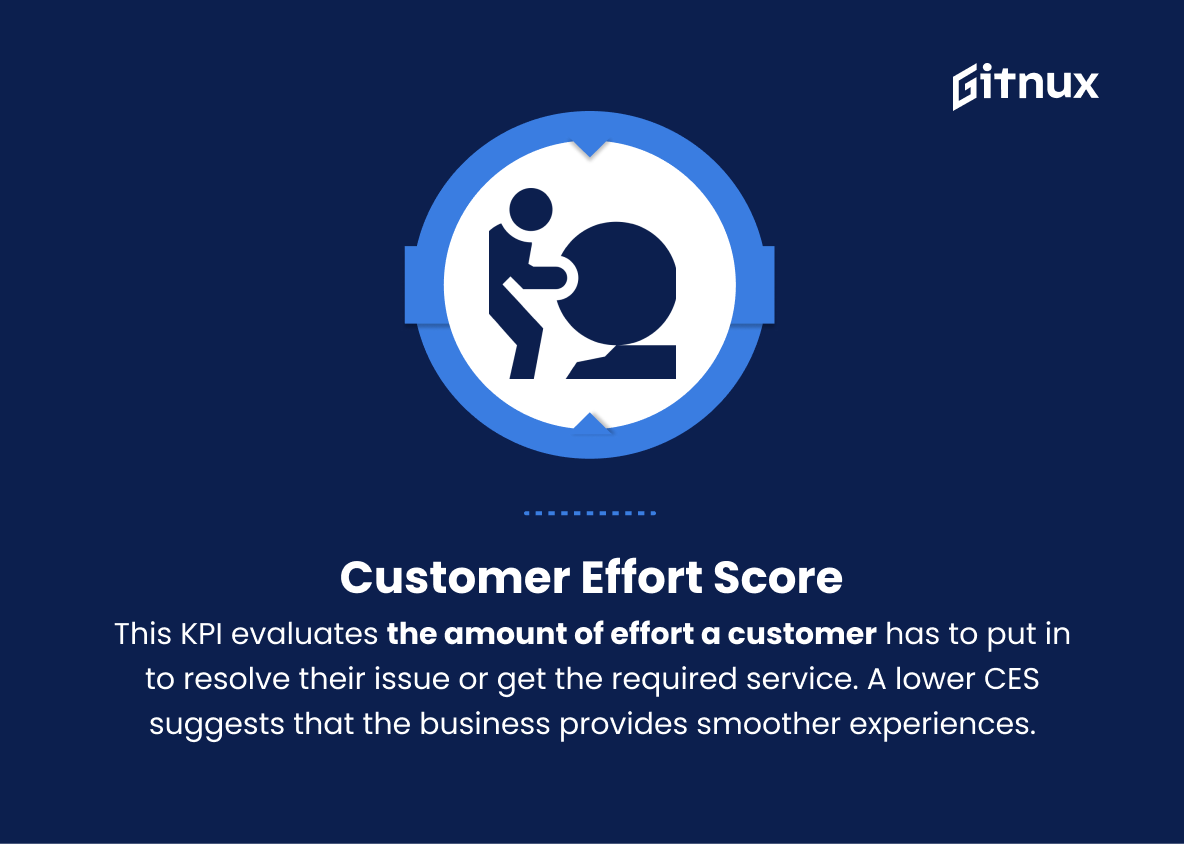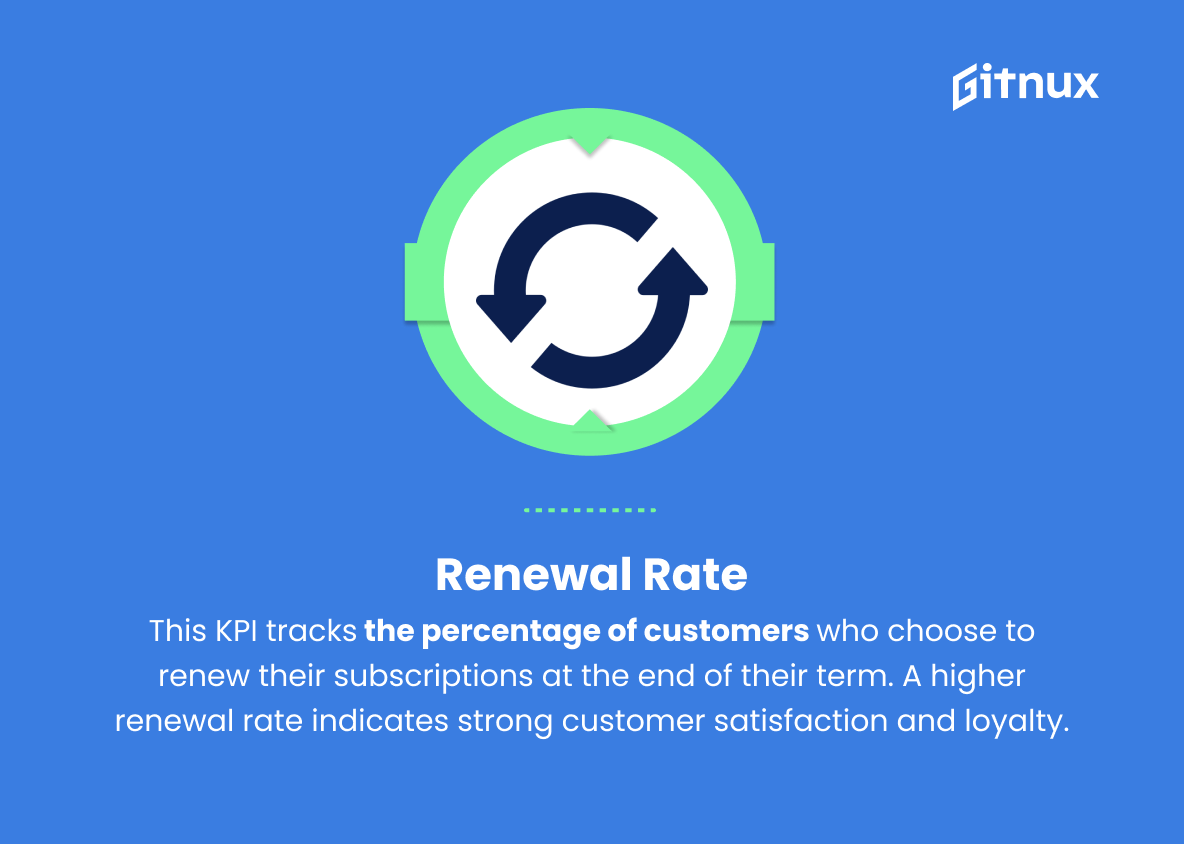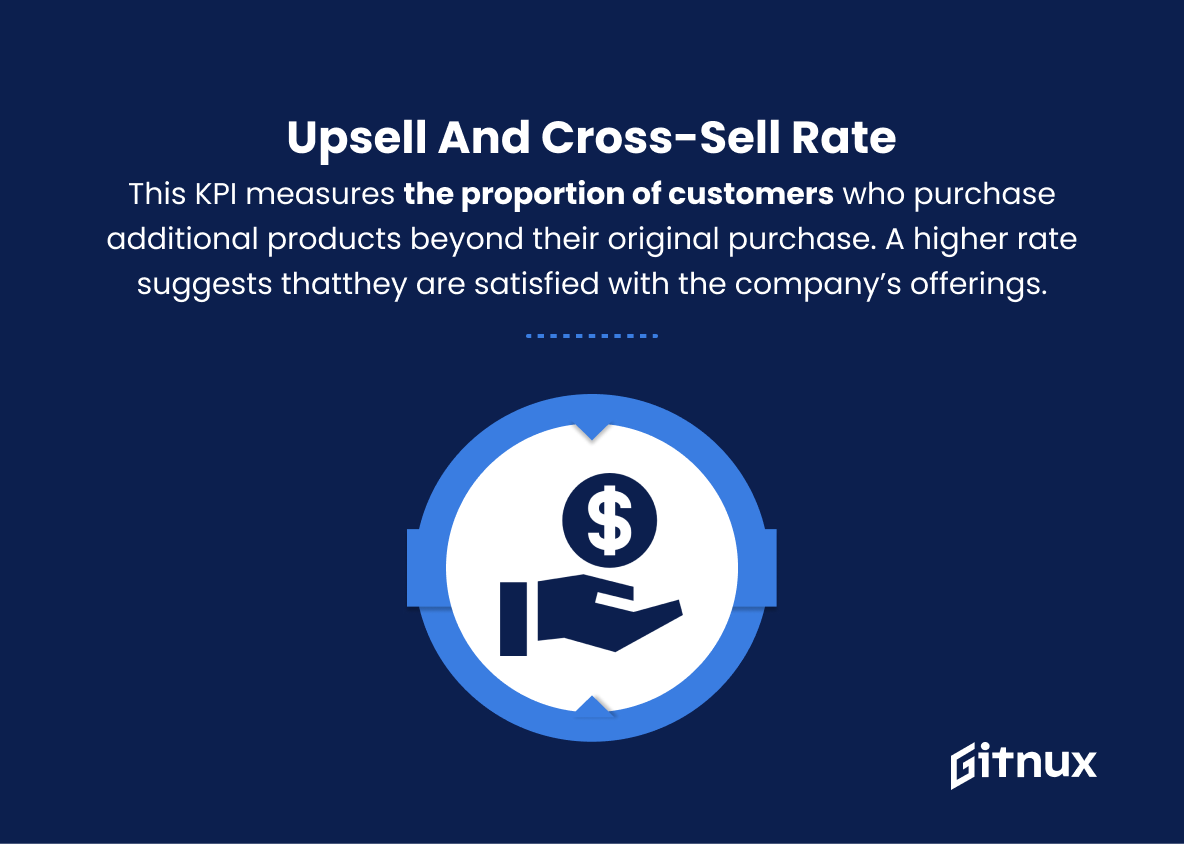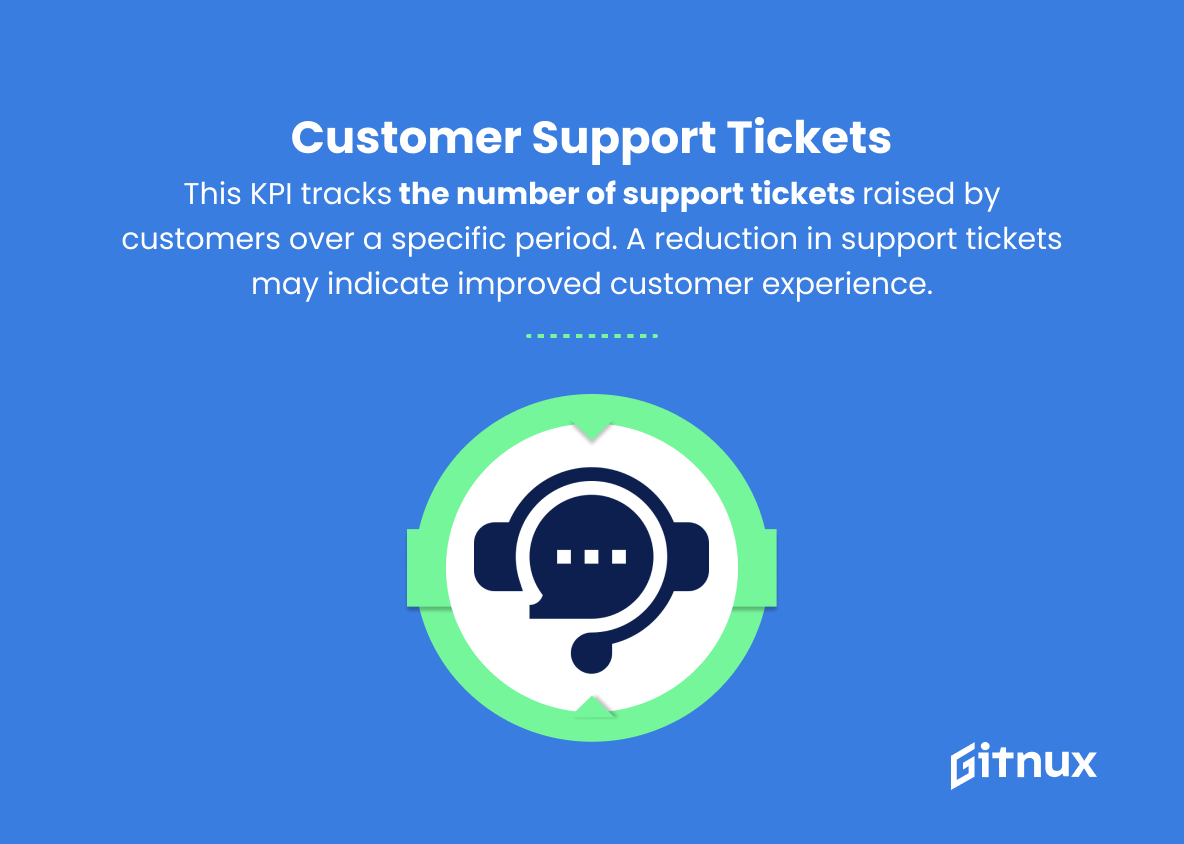In today’s competitive business landscape, customer success has emerged as a critical component for companies seeking sustainable growth and long-term profitability. As more organizations focus on delivering exceptional customer experiences, establishing key performance indicators (KPIs) to measure customer success has become essential to making informed decisions, driving impactful initiatives, and fostering lasting relationships.
In this comprehensive blog post, we explore the key customer success KPIs that organizations should be tracking to ensure optimal customer engagement, satisfaction, and loyalty. Armed with these insights, you will be better equipped to develop targeted strategies and tailor your offerings, ultimately contributing to a thriving ecosystem where both your customers and your business can thrive.
Customer Success KPIs You Should Know
1. Customer Retention Rate
This KPI measures the percentage of customers a business is able to retain over a specific period. A higher retention rate indicates higher customer satisfaction and loyalty.
2. Net Promoter Score (NPS)
This KPI gauges customer loyalty by asking customers how likely they are to recommend a company to others on a scale of 0-10. A higher NPS suggests that customers are more likely to promote the company to their friends and family.
3. Customer Churn Rate
This KPI measures the percentage of customers who cancel or don’t renew their subscription or contract within a specific timeframe. A lower churn rate is an indicator of good customer satisfaction.
In today’s highly competitive business landscape, customer success has emerged as a vital component for companies seeking sustained growth and long-term profitability.4. Customer Lifetime Value (CLTV)
This KPI helps businesses estimate the total revenue generated by a customer over the entire duration of their relationship. A higher CLTV means the business is successful in retaining customers and keeping them engaged.
5. Average Response Time
This KPI tracks the average time taken to respond to a customer inquiry or support request. Shorter response times are indicative of efficient customer service.
6. First Contact Resolution (FCR)
This KPI measures the percentage of customer support issues resolved during the first interaction. A higher FCR indicates that customer concerns are effectively resolved without requiring additional follow-ups.
Key Performance Indicators (KPIs) in Customer Success are critical because they help businesses evaluate and improve their customer relationships, satisfaction, and overall experience.7. Customer Effort Score (CES)
This KPI evaluates the amount of effort a customer has to put in to resolve their issue or get the required service. A lower CES suggests that the business provides smoother and more effortless experiences for its customers.
8. Customer Satisfaction Score (CSAT)
This KPI measures the percentage of customers who rate their satisfaction with a company’s product or service as satisfying, based on a defined scale. A higher CSAT is an indication of good customer satisfaction.
9. Renewal Rate
This KPI tracks the percentage of customers who choose to renew their subscriptions or contracts at the end of their term. A higher renewal rate indicates strong customer satisfaction and loyalty.
10. Upsell and Cross-sell Rate
This KPI measures the proportion of customers who purchase additional products or services beyond their original purchase. A higher rate suggests that customers are satisfied with the company’s offerings and see value in additional purchases.
11. Customer Engagement
This KPI measures the frequency, depth, and quality of interactions between a business and its customers, such as social media engagement, email open rates, and in-app interactions. Higher customer engagement demonstrates a strong customer relationship.
12. Customer Support Tickets
This KPI tracks the number of support tickets raised by customers over a specific period. A reduction in support tickets may indicate improved customer experience and reduced issues.
13. Customer Acquisition Cost (CAC)
This KPI measures the cost of acquiring a new customer, which includes marketing and sales expenses. Lower CAC is desirable as it shows that the business is efficiently acquiring customers.
14. Onboarding Time
This KPI tracks the average amount of time it takes to onboard a new customer or implement a new product/service. Faster onboarding time suggests a smoother and more efficient customer experience.
Customer Success KPIs Explained
Key Performance Indicators (KPIs) in Customer Success are critical because they help businesses evaluate and improve their customer relationships, satisfaction, and overall experience. Customer Retention Rate, Net Promoter Score (NPS), Customer Churn Rate, Customer Lifetime Value (CLTV), Average Response Time, First Contact Resolution (FCR), Customer Effort Score (CES), Customer Satisfaction Score (CSAT), Renewal Rate, Upsell and Cross-sell Rate, Customer Engagement, Customer Support Tickets, Customer Acquisition Cost (CAC), and Onboarding Time all play a significant role in determining the effectiveness of a company’s customer-focused strategies.
By monitoring these KPIs, businesses can identify areas of improvement, make informed decisions, and create a seamless and satisfying customer experience. Ultimately, these KPIs serve as the basis for fostering strong customer relationships and ensuring long-term success in today’s competitive marketplace.
Conclusion
In summary, the importance of tracking and analyzing customer success KPIs cannot be overstated. These metrics enable organizations to better understand their customer base, identify areas for improvement, and optimize the overall customer experience. By paying close attention to key KPIs such as churn, retention, lifetime value, customer satisfaction, and onboarding, companies can ensure long-term growth and maintain healthy customer relationships.
It is critical to continually evaluate and update these metrics to stay ahead of the competition and adapt to ever-evolving customer expectations. Ultimately, prioritizing and investing in customer success KPIs is a proven strategy for driving business success, fostering customer loyalty, and achieving sustainable competitive advantage.
